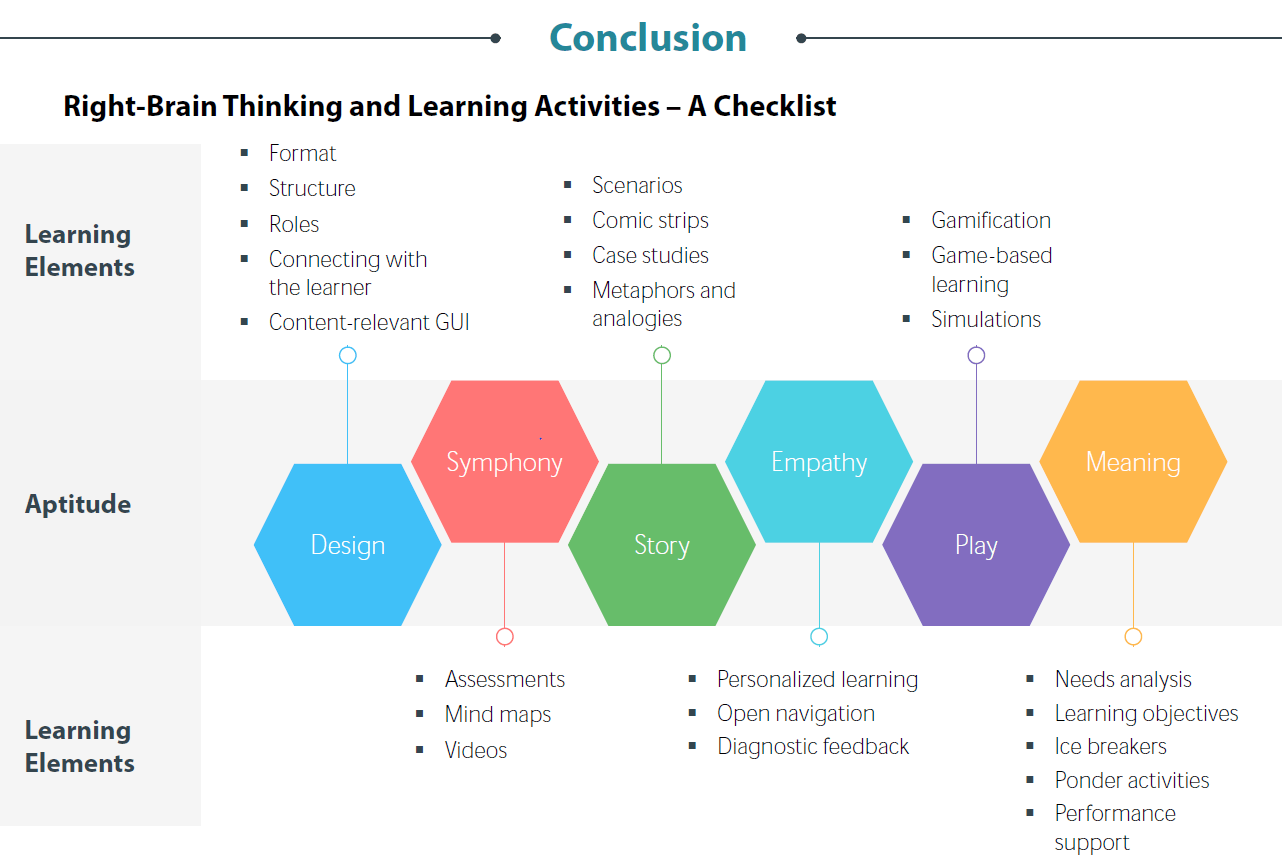There Are Ways And "Ways" To Create A Meaningful eLearning Course
Abundance and material well-being are now compelling people to look toward spirituality and the quest for meaning to give them fulfillment. Meaning is becoming an important aspect people look for even at work. Happiness results in more productivity. The pursuit of meaning is the highest form of happiness going beyond one’s self and using our strengths and values for the common good. All of which are ideas and concepts which need to be implemented into an eLearning Course.
Meaning In Learning
For learning to be successful, it has to have meaning or relevance to the learner. Adults are goal-oriented, come with prior experience, and have a fierce urge to know why they need to learn something or attend a training program or take an eLearning course. Fortunately, there are quite a few interesting ways to address this element in various stages of training. Abundance and material well-being are now compelling people to look toward spirituality and the quest for meaning to give them fulfillment. Meaning is becoming an important aspect people look for, even at work. Happiness results in more productivity. The pursuit of meaning is the highest form of happiness, going beyond one’s self and using our strengths and values for the common good.
- Preparation (before training)
- Learning objectives (in the training)
- Performance support (after training)
Preparation Of The eLearning Course (Before Training)
To make training meaningful, one has to do the following: needs assessment, goal analysis, and identification of performance problems. This will ensure training reflects actual learner needs and helps them do the job better, faster, and more easily.
Learning Objectives (In The Training)
Learning objectives inform learners what they’ll be able to do as the consequence of taking an online course. Often, one of the first slides in an eLearning Course addresses the "what’s in it for me" element for learners. They build curiosity and indicate clearly what the course covers—a big picture of what’s to come.
A learning objective is a statement in clear, measurable terms that informs what a learner will be able to do after completing a training program.
Every good learning objective has 3 components:
- Performance
A description of what the learner is expected to do. - Condition
The conditions (environment) under which the learner is expected to perform. - Criteria
The level of performance to be achieved for the learner to be considered competent.
Icebreakers (In The Training)
Posing icebreaker questions at the beginning of an eLearning Course is another way of telling learners what’s in the course. These questions can be about their:
- Pain points in the workplace
- Challenges in their daily jobs
- Information they should be familiar with
With these questions, learners get a foretaste of the course and the solutions they’ll find. Icebreakers can be made interesting by getting an avatar (character) to ask them—either the learners’ peer, manager or an expert. Icebreakers also help learners recall their existing knowledge and see how it’ll be tied to the new knowledge to be gained, yet another way of helping them synthesize and internalize knowledge.
Ponder Activities During An eLearning Course (In The Training)
Ponder activities help learners examine things from a new perspective, encourage new ways of thinking, and think of the meaning imparted by the learning. Often open-ended with no right or wrong answers, these activities help learners pause and reflect over what was learned, in the context of their work.
A few ponder activities that can be used in the classroom or in eLearning courses:
- Ask them rhetorical questions which will compel them to think
- Ask learners to pick up definitions and examples of terms taught from various sources
- End the course with a scenario followed by a couple of questions.
- Get learners to comment on discussion forums on the usefulness and applicability of a course
- Get them to summarize learning by creating a checklist
- Ask them to pick items from the options provided and justify their choice
When it comes to digital formats, what are the most appropriate digital delivery options for a given training needs? Revise your process using the following checklist:

Reflecting On What Meaningful Really Means
Using these learning activities in Instructional Design will help craft training programs that offer learners plenty of opportunities to find meaning in their work, become empathetic, and have a little fun along the way. However, it’s important to remember that these activities and learning formats are not standalone and each can be used to promote more than one sense. For example,
stories promote empathy and help look at the meaning. Icebreakers help build empathy with learners and also convey meaning. After all, all work and no play makes Jack a dull boy and training programs that replace the linear, predictable, and theory with the emotional, creative, and artistic components are the need of the day!
Being empathetic and having empathy matters. Learn how to create a meaningful eLearning course by downloading this eBook: "eLearning Design And The 'Right' Brain."

